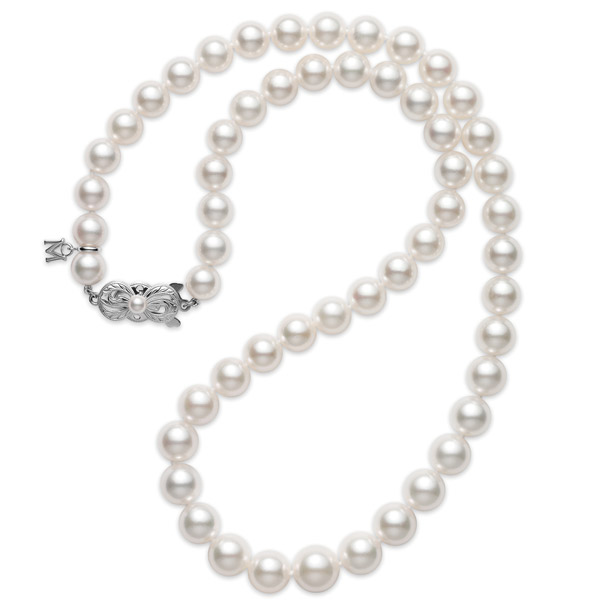
My introduction to the jewelry industry (as a member of the sales team for a family-owned retailer) included a little bit of education on pearls. I didn’t learn all of the grading or a ton of the nitty-gritty on what made some pearls more valuable than others, but I did learn a thing or two at least on the perceived value of pearls—and Mikimoto was unquestionably at the top of that list.
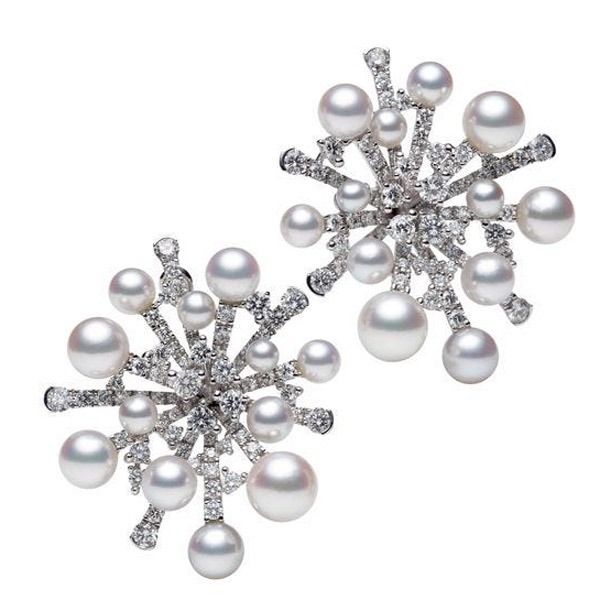
One of my colleagues was a collector of pearls, amassing pieces from the 1910s to the current times, with some very impressive styles to her name. But her most treasured piece: a single strand of pearls with that signature Mikimoto clasp.
Ever since, I’ve been sort of in awe of Mikimoto, so it was the perfect opportunity to speak with a representative of the brand about the current state of the industry and the latest in the pearl category. Below, a chat with Kentaro Nishimura, chief operating officer of Mikimoto America.
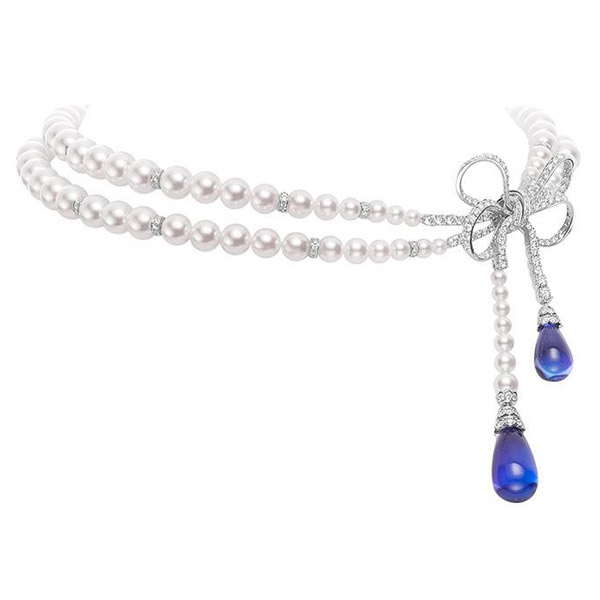
How has the pandemic changed the way Mikimoto does business? Have you seen a change in the demand for pearls? How about in the way you market them?
The global pandemic has caused Mikimoto to shift our focus to an even more digitally focused direct-to-consumer strategy, as our boutique locations were unable to be open for some time in the beginning of the pandemic. We have pivoted our brick-and-mortar strategy to cater to the limitations of shopping in person, offering one-on-one and virtual appointments to allow our customers to still have a personalized shopping experience. Fortunately, pearls are valued as investment pieces that are timeless, and we’ve seen continued strength of sales with our core offerings.
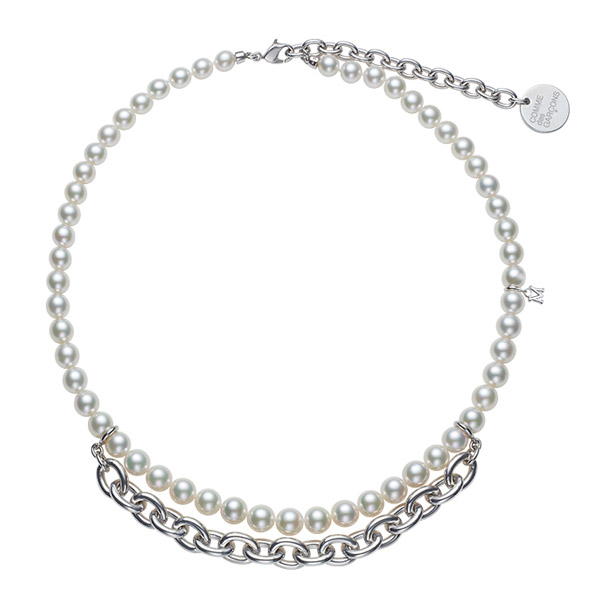
Pearls have been in the spotlight quite a bit lately, despite lockdowns. From Kamala Harris on the campaign trail to some of the looks from the virtual Emmy Awards, we’re seeing them worn in a variety of ways. What do you think are some of the most popular styles of pearls among consumers at the moment, and do you think that quarantine has had any impact on how (and if) pearls are worn?
We’ve been seeing pearls all over the virtual red carpets and campaign trails lately, which is very exciting for our brand. Pearls are a timeless staple, exude modern elegance, and we see that again and again in pop culture. We always see these classic pieces—simple studs, timeless pearl strands of varying lengths, etc.—with consumers, but we’re also seeing an influx in more contemporary pieces, including the pieces from our collaboration with Comme des Garçons and men coming in to purchase for themselves.
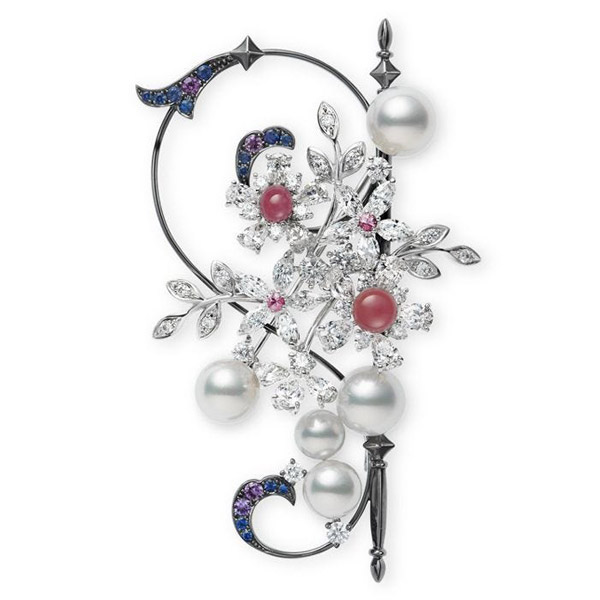
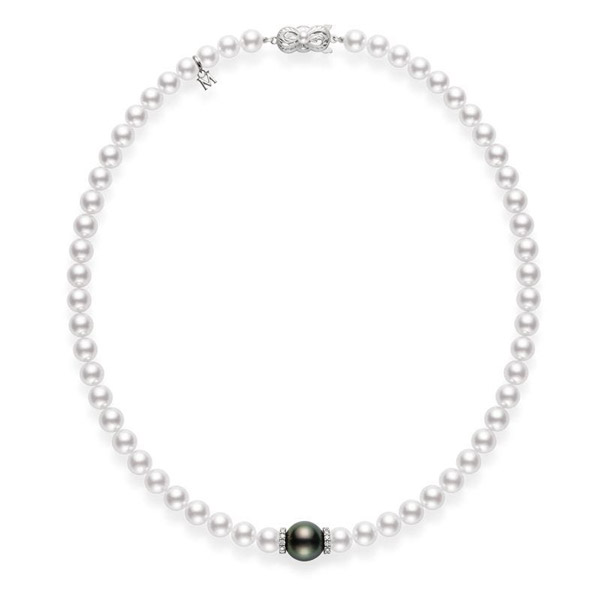
Pearls are notorious for being delicate—or at least, they’re not necessarily the kind of jewel you’d want your customers wearing without ever taking off. How do you propose retailers give their pearl selection a fair edge against popular current categories like simple gold pendants, engravable pieces, etc.?
Pearls provide an effortlessly chic, classic look that appeals to consumers spanning all generations. Pearls are versatile in that they can be dressed up, dressed down, and dressed for any occasion: There is an even playing field between popular metals and pearls. I think the pearl’s versatility is why they still see traction with consumers. The sentimental and emotional value speaks volumes, but crafting works of art, highlighted with even one spectacular pearl immediately bridges the gap between everyday jewelry and the luxurious nature of pearls.
Top: 18-inch single strand necklace with 18k white gold clasp and 7 mm–9 mm cultured akoya pearls, $6,000; Mikimoto
- Subscribe to the JCK News Daily
- Subscribe to the JCK Special Report
- Follow JCK on Instagram: @jckmagazine
- Follow JCK on X: @jckmagazine
- Follow JCK on Facebook: @jckmagazine